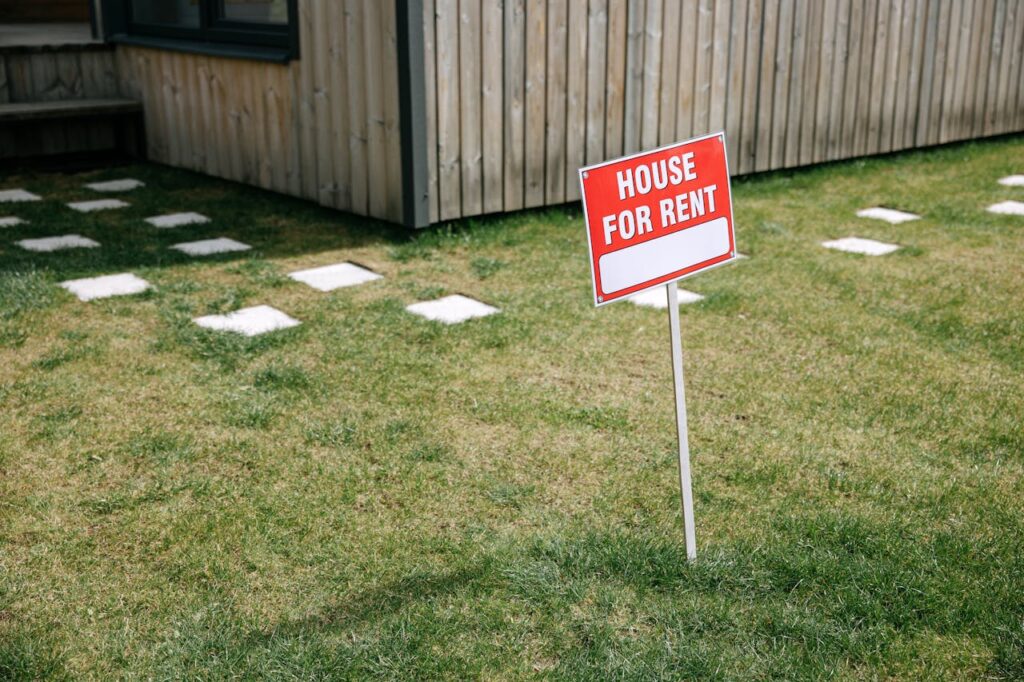If you are anything like me, you have had countless nights wondering about the dos and don’ts of managing and owning rental properties. One of the hardest parts, I find, is deciding whether the big-ticket upgrades are to be claimed straight away or whether they go down as assets that you can claim depreciation on over time. This particular article will be your crash course into Australian tax laws for rental properties – because getting this wrong can be costly and can irritate the ATO.
Immediate Deduction: Understanding Repairs and Maintenance
Consider immediate deductions you might be able to claim. These expenses are meant for keeping the property in a very presentable state without fundamentally changing it. They are really the everyday heroes of your rental investment – granting solutions to matters that would arise out of wear and tear through time.
A.T.O. allows for repairs and maintenance to be entered as a deduction in the same year they are expended. Immediate deductions reduce the taxable rental income of the one year, giving an immediate cash flow boost. For repair: say that in a storm-induced window breakage situation, were the tenants to complain, then an immediate replacement would qualify as a repair because you are not refurbishing it into a better version but merely restoring it to its original state.
Repairs done before the property is rented for the first time might not be deductible immediately but, rather, might be treated as part of the setup costs. Keep good documentation, including receipts and photographs, to back up your position come tax time.
Depreciable Assets: Improvements and Capital Works
Depreciable assets are those upgrades that add value, improve functionality, or extend the life of the property to a significant extent. So under ATO rules, you don’t get to claim the entire cost outright; you must use depreciation to claim the cost over a period.
There are basically two types of depreciation: Division 40 for plant and equipment (appliances, for instance, or carpets) and Division 43 for capital works (structural improvements like extensions or renovations). Capital works deductions are generally at 2.5% per annum over a period of 40 years starting from the date of completion. So, in capital works, they say you would claim $500 per annum for 40 years if your kitchen cost $20,000 to refurbish.
For something to be depreciable, it’s a matter of improvement vs repair. If old, worn materials are replaced with better ones—for example, timber flooring replaced with laminate flooring—then the installation is an enhancement and thus depreciable. The system works on the premise that these assets will lose value over time due to usage, so you can write off that depreciation against your income over time.
A good tip here is to have a depreciation schedule prepared by a quantity surveyor. These professionals will identify all qualifying items and prepare the claims to the greatest accuracy, and in doing so, may often turn up thousands more than you would have identified. This is especially beneficial for older properties with accumulated wear and tear, as you may claim deductions even if you did not carry out the improvements upon the property.
Dissertation on Some of the Most Common Upgrades and Their Treatments

Let’s try to make it a little more concrete with some actual examples relating to upgrades that landlords often tackle.
- Interior Wall Painting: Imagine interior wall painting: if it’s just overpaint to mask some unsightly marks left by a tenant, then it is maintenance and can be deducted immediately. However, if painting is being undertaken as some sort of larger renovation activity to update the area, then it may be packaged with other capital works into a depreciable claim.
- Roofing: Not far behind, there’s the roof. Fixing a few tiles that had come loose in a hailstorm? That’s a repair; claim it right now. Bringing in a brand-new roof that perhaps has good insulation? That’s an improvement, so depreciate.
- Outdoor Additions: Say you enhance that backyard appeal by setting up an area of composite deck boards for tenants to enjoy their barbeques. New features added to the property that serve to increase its value and usability will normally be capital improvements under Division 43, meaning you depreciate them slowly.
- Kitchen and Bathroom Renovations: Kitchen and bathroom renos are classically a depreciable item. New cabinets would be installed, or fixtures would be installed, or efficient appliances would be installed? These would be depreciated, as they enhance the attractiveness of the rental. Replacing the faulty oven, for instance, with another one of similar quality, is a repair.
- Electrical Work: Electrical work is just like that. Rewiring a damaged circuit is instantly deductible; installing smart lighting systems throughout the place? That’s about to reckon depreciation.
Analysing each of these examples, you will notice how the ATO draws the line with respect to whether it is reparative or restorative. In any case, it is always advisable to keep good records of the ‘before’ state to justify your classification.
Hints for Gaining Full Tax Benefits as a Landlord
How will you maximise these upgrades?
- Plan Ahead: The first thing is to plan. Consider the tax implications for all work to be performed upfront – sometimes staggering the projects into repair and improvement stages can further deductibility.
- Keep a Budget: Keep a budget. If you will need to finance the upgrades, then you can start evaluating options for refinancing your existing loan or taking out specialised products. For investors in Victoria, that Melbourne mortgage for investment properties may be the answer to fund those capital works at rates competitive enough to keep a strain from your cash flow.
- Invest in Energy Efficiency: Invest in energy-efficient upgrades. Such things as solar panels or insulation qualify for depreciation but could also attract eco-conscious tenants, with increasing the rental yield as a potential upside from that. Moreover, there might be additional rebates or incentives from government programmes.
- Utilise Scrapping Values: Scrapping values must never be overlooked. If one scraps an old asset as part of the upgrade, they can claim the remaining undepreciated value as a deduction in that year—a beautiful gift.
- Update Depreciation Schedules: Make sure you update the depreciation schedule regularly, especially after major works, so you’re always claiming everything possible. If your property is an old one, remember that even though it was built before a certain cutoff date, you can still depreciate assets according to their effective life.
At tax time, implementing these strategies can make a positive difference and allow you to invest savings back into your portfolio.
When to Seek Professional Advice
While we’ve covered the basics, every property and situation differs quite a lot. Things like the age of the property, your ownership structure, or even recently issued ATO rulings could change the outcome. For instance, the rules might shift a bit if the upgrades are part of a bigger development or if you are working with heritage-listed buildings.
When in doubt as to whether a given expense is to be considered a repair or improvement to, say, refresh a bathroom, you should definitely consult a tax accountant or quantity surveyor. They will give you specific advice and save you from costly audits. On the other hand, when holding investments in trusts or co-owned investments, it is best to obtain an opinion.
Well, to sum up, any Australian rental property owner ought to distinguish between repairs immediately deductible and depreciable assets. Allowing repairs to be claimed immediately while improvements are depreciated over a period will boost one’s tax advantage, leaving more dollars available for future investments. Be it fixing that nagging little leak or creating value through thoughtful updates, knowledge of these rules can help guide your own decision-making.

